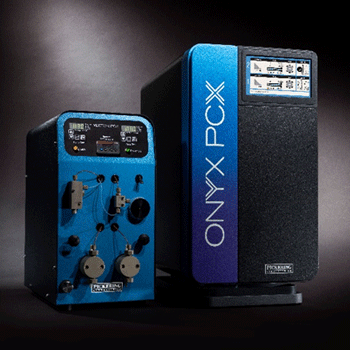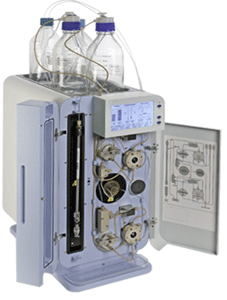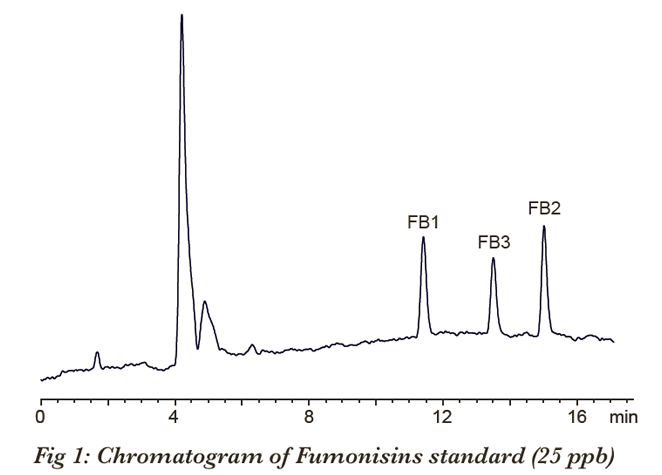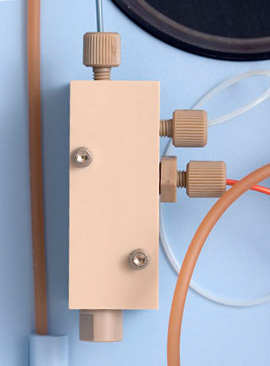By Maria Ofitserova
 Normally, summer and fall would mark our busy travel season with several important conferences and trade shows to prepare for and attend. With the majority of conferences cancelled, rescheduled or moved to virtual platforms, we are staying close to home and focusing on supporting our customers as they navigate the fast-changing COVID-19 pandemic situation.
Normally, summer and fall would mark our busy travel season with several important conferences and trade shows to prepare for and attend. With the majority of conferences cancelled, rescheduled or moved to virtual platforms, we are staying close to home and focusing on supporting our customers as they navigate the fast-changing COVID-19 pandemic situation.
After introducing the Onyx PCX at Pittcon in March 2020, we are happy to report positive feedback from users of our newest post-column derivatization instrument. One of our goals when developing the Onyx PCX was to ensure a seamless transition of methods from the Pinnacle PCX to the new model. This allows companies to minimize validation steps when switching to the Onyx PCX and early customer responses show our efforts were worth it! Our extra attention to this during design is definitely being appreciated now by laboratories who already have the Pinnacle PCX system and are looking to expand or update their instrumentation.
The coronavirus pandemic continues to drive expansion of biotech research and manufacturing, with many companies and contract laboratories using amino acids analysis to identify and characterize biopharmaceuticals, determine purity and optimize manufacturing processes. The Onyx PCX is uniquely suitable for performing with excellence in regulated environments. Easy and robust operation, extensive record-keeping capabilities for troubleshooting as well as regulatory compliance and the ability to work with any HPLC setup makes the Onyx PCX a great choice for any laboratory running amino acids analysis.
By spending our time here at home and not presenting at various technical conferences, myself and the other chemists also had the opportunity to get creative and stretch beyond scientific posters into the world of marketing! We have created short videos highlighting the best features of Onyx PCX and capabilities of post-column amino acids analysis. You may have seen our LinkedIn posts about these videos – we are really quite proud of our work. Special thanks to David Mazawa for contributing the technical wizardry and to our graphic design consultant, Phil Mowery, for adding animations and sharpening up our look!
As always, at Pickering Laboratories we are concentrating on providing the best possible service and support for our customers. We have been hard at work strengthening our supply chain, adjusting production and inventory to meet the changing demand and collaborating closely with other companies to support our partners during this difficult time. We know that our customers will appreciate our grit and resilience during 2020; we want to contribute to the best parts of what is working for your business as well.


 Analysis of Mycotoxins is an important part of food and feed safety. As regulations tighten laboratories all around the world expand their testing capabilities to include analysis for different types of toxic fungi metabolites. Pickering Laboratories has a diverse line of products designed for Mycotoxins analysis, including Pinnacle PCX post-column derivatization system, UVE photochemical reactor and immumoaffinity columns. We also developed several methods for single families of Mycotoxins as well as multi-residue protocols.
Analysis of Mycotoxins is an important part of food and feed safety. As regulations tighten laboratories all around the world expand their testing capabilities to include analysis for different types of toxic fungi metabolites. Pickering Laboratories has a diverse line of products designed for Mycotoxins analysis, including Pinnacle PCX post-column derivatization system, UVE photochemical reactor and immumoaffinity columns. We also developed several methods for single families of Mycotoxins as well as multi-residue protocols.


